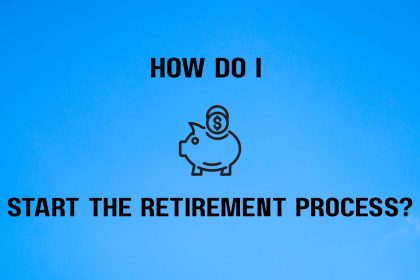International Women’s Day (March 8) is a global day celebrating the social, economic, cultural, and political achievements of women. This day also marks a call to action for accelerating women’s equality.
You may be surprised to learn that Canada has the 8th worst gender pay gap world-wide. What does this mean?
According to Statistics Canada, on average women earn 89% of what men do. To further break this down, for every $1 a man earns, a woman is earning .89 cents. The divide only widens when the scope includes racial and disability breakdowns, with BIPOC and disabled women earning less than .89 cents for every dollar a man earns.
One misconception is that women pursue lesser paying jobs, which could not be further from the truth. Again, according to Statistics Canada, women now outnumber men in the pursuit of post-secondary degrees. Alarmingly, women who graduate with a bachelor’s degree earn approximately $69,000 a year compared to almost $98,000 that men earn on average with the same degree.
Putting an end to the gender pay gap could not be more crucial. One of the most adverse effects being a higher rate of poverty for women and a lessened opportunity to better the situation for themselves. Further, in “additional compensation” disparity: within the same positions, women are earning 43% less than their male cohorts in bonuses, profit sharing and equity agreements.
You may be wondering, “Isn’t it illegal to pay someone differently based on gender?” and the answer to that, is yes. However, there are many reasons the gender pay gap still exists. One such reason is that the bulk of childcare responsibilities are still seen as “women’s responsibility” and a lack of affordable childcare and family leave policies, along with the societal pressure to carry the bulk of domestic responsibilities. About 44% of Canadian non-school aged children live in “childcare deserts”, which are areas where at least three children would be in potential competition for each licensed daycare space.
These unavoidable issues are heavily linked to a loss of opportunity at work, including raises, due to potential absences to see to the needs of childcare. Concerningly, in a ten-year study, Statistics Canada found that 2/3s of wage disparity was unexplained, possible explanations here could include gender-based biases or even gender-based work experience.
The Gender Wage Gap Strategy Steering Committee found that women with the same education level, socio-economic background and experience were still earning approximately $7,200.00 less per year than male counterparts. On average women have to work 15.5 months to earn what a man would in 12.
Many measures working in tandem can help end the gender pay gap, including: enforced pay equity legislation across sectors and workplaces, increasing the minimum wage, and universal childcare.
Disconcertingly, at the rate things are moving, the gender pay gap won’t be rectified worldwide for another 267.6 years (61.5 years for North America alone).
As Member of a Union where pay is laid out in a Collective Agreement, what can you do to further the fight for equality?
Use your voice to vote in elections at ALL government levels. While we are covered by a Collective Bargaining Agreement, many of the women who are the indicators for the statistics above, are not.
Ensure the candidates you are voting for have clear policies on gendered pay, childcare and the minimum wage. It may be of interest to you to know that while many hold the misconception that minimum wage was made specifically for “unskilled labour” (an offensive misnomer in itself), it was in actuality created as the “minimum” amount a person would need to earn in order to be able to afford a home and the running of that home. We need only look back so far as 2020 and the ensuing worldwide pandemic to see how crucial minimum wage workers are to the running of our country.
International Women’s Day is one day a year, but we must work every day to ensure we are all treated and compensated equally for equal work.
Some further reading and sources for this blog are:
https://canadianwomen.org/the-facts/the-gender-pay-gap/
https://www.internationalwomensday.com/
https://www150.statcan.gc.ca/n1/pub/45-20-0002/452000022019001-eng.htm
https://www.ufcw.ca/index.php?option=com_content&view=article&id=31168&Itemid=2284&lang=en










